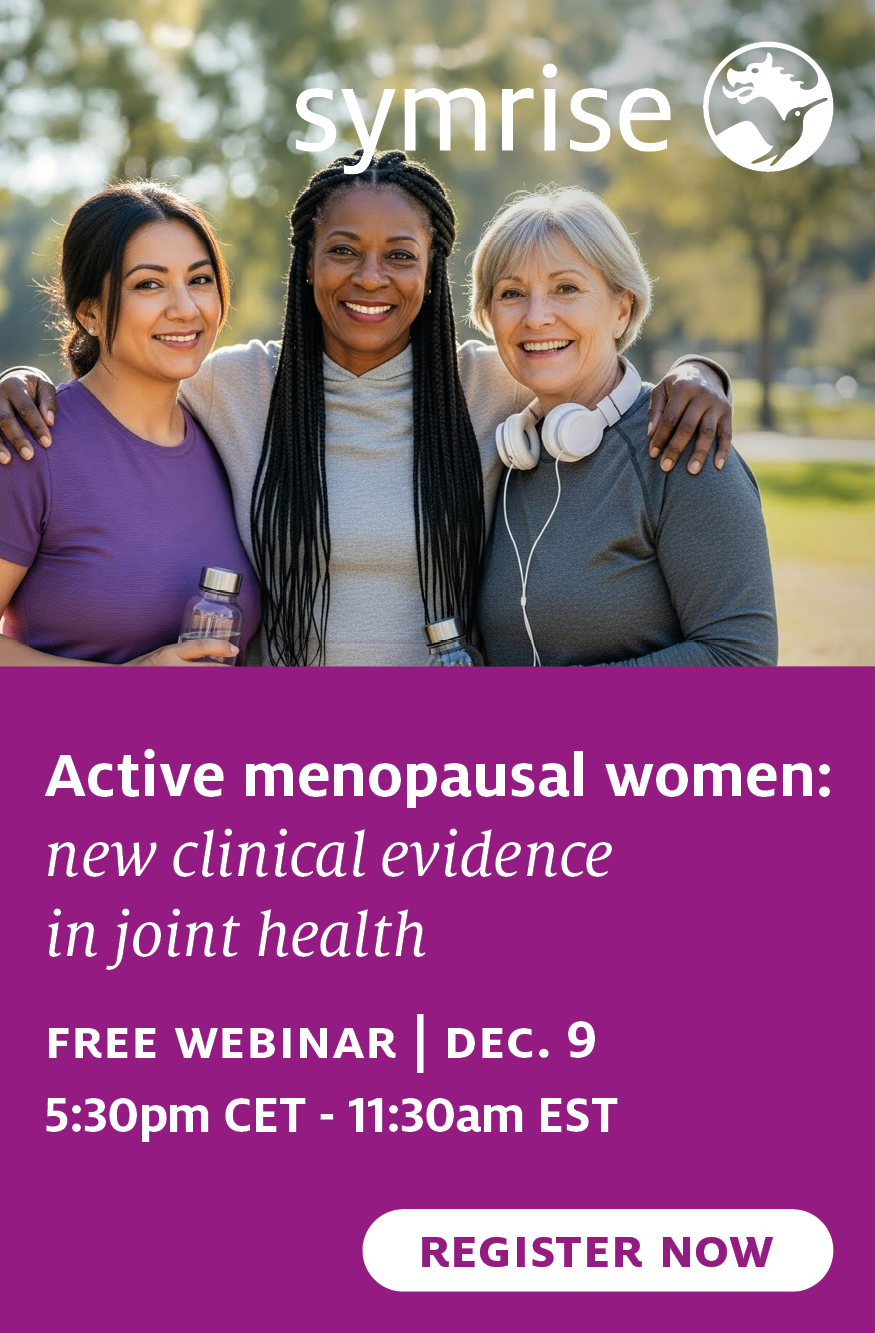Maternal obesity and gestational diabetes found to increase risk of poor neonatal health in infants

01 Mar 2023 --- A study conducted at the University of Cape Town, South Africa, in collaboration with the University of Cambridge, UK, found a greater risk of poor neonatal and offspring health among pregnant obese women. The study was published in The Journal of Physiology.
Obesity and gestational diabetes mellitus (GDM) affect placental morphology as well as endocrine and inflammatory states, which can negatively impact pregnancy outcomes.
“Women who are obese are at increased risk of pregnancy complications including GDM, preeclampsia and abnormal fetal growth,” Amanda Sferruzzi-Perri, lead author of the study and professor at the University of Cambridge, UK, tells NutritionInsight.
“For instance, obesity in pregnancy increases the risk of GDM by 2-4 times, the risk of preeclampsia by 1.8 times, the risk of fetal overgrowth (macrosomia) by 2-4 times and the risk of fetal growth restriction by 1.5 times.”

Maternal obesity alters the structure of the placenta more than GDM, a condition diagnosed by poor glucose control in pregnancy.
Identifying specific changes in the placenta can lead to the development of future placenta-targeted treatments and screening tests to improve the health of mother and baby.
Non-communicable disease burden
Obesity and GDM rates, as well as the development of poor glucose handling during pregnancy, are increasing worldwide. Both are linked to multiple maternal and fetal complications, such as the increased risk of fetal death, stillbirth, infant death and higher infant birth weight, but there is a lack of scientific evidence as to why these complications occur.
“Studies in a low resource setting, like South Africa, are challenging. There are far fewer funds, infrastructure and resources to undertake scientific research,” Sferruzzi-Perri explains.
“A collaboration between clinical researchers in Cape Town and Cambridge made it possible to undertake the detailed analysis of the samples collected from women.” The structure of the placenta is altered by maternal obesity, the study suggests.
The structure of the placenta is altered by maternal obesity, the study suggests.
“South Africa is burdened by a quadruple disease burden of communicable and non-communicable disease, along with high maternal and child morbidity and mortality and deaths related to violence and injuries,” says Mushi Matjila, professor at the University of Cape Town and lead co-author of the study.
Economic impact
The country has one of the highest rates of female obesity globally, “which undoubtedly fuels the non-communicable disease burden and contributes to maternal, neonatal and child morbidity,” continues Matjila.
“As obesity and GDM often co-exist, the study highlights the importance of obesity over GDM in modulating placental structure and function. It also begins to piece together how these placental changes may explain observed complications and increased risk for non-communicable disease for both mother and baby.”
The effects of maternal obesity and GDM are most felt in low-middle-income countries, facilitating a substantial health and economic impact. Previous studies have investigated obesity and GDM separately and have only been conducted in high-income countries.
This “first of a kind” study looked at 71 women who were black or of mixed ancestry. Fifty-two were obese and 38 had GDM.
The researchers conducted the study using clinical profiling, deep structural examination and molecular analysis of the placenta, and biochemical measurements of maternal and infant cord blood to examine the effect of obesity and GDM in this group of pregnant women.
The first line of treatment
The researchers found that maternal obesity reduced the formation of the placenta, its blood vessel density and surface area, and its capacity to exchange nutrients between the mother and the developing child. This effect was also observed for the women with GDM but less extensively.
Both obesity and GDM impact placental hormone production and inflammation markers, suggesting that the placenta is functioning abnormally.
“As the typical first line of treatment for women with GDM in South Africa is metformin, all the women who had GDM in our study were treated with metformin. Thus, we would like to assess what impacts metformin may have on the placenta and pregnancy outcome,” Sferruzzi-Perri outlines.  Targeted treatments can be developed by identifying changes occurring in the placenta.
Targeted treatments can be developed by identifying changes occurring in the placenta.
“We also saw large changes in the placenta with obesity that seemed to relate to the poor pregnancy outcomes seen in those women.”
“Obesity is linked to the intake of high-calorie diets. However, whether the types of fats, sugars and the imbalance of other nutritional components like protein and micronutrients play a part in the effects of obesity on the placenta and pregnancy outcome is unknown,” says Sferruzzi-Perri.
In related research, scientists from the Osaka Metropolitan University in Japan investigated what stimulates the brain to cause overeating and discovered a genetic mechanism associated with high-calorie, food-fueled obesity.
Future research
The Cape Town researchers are looking to conduct further research in obese, overweight and lean women with and without GDM and explore the impact of the sex of the fetus. Additionally, how obesity, GDM and treatments like metformin – a drug that lowers blood glucose levels – interact to determine pregnancy outcomes and the child’s long-term health.
“Future studies should be undertaken to more broadly capture all the changes occurring in the placenta. Due to limited resources, our study was focused on changes in certain genes, proteins and tissue structures of the placenta,” Sferruzzi-Perri explains.
“It would be valuable to overlap comprehensive assessments of the placenta with information on the nutritional intake and other physiological parameters of the mother and developing fetus during pregnancy, with the close monitoring of maternal and offspring health after birth,” she concludes.
By Inga de Jong












